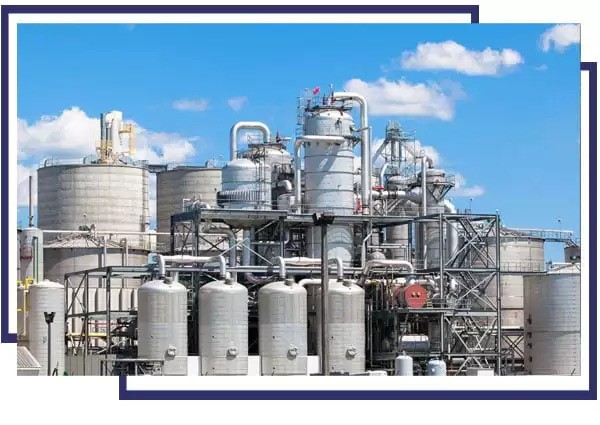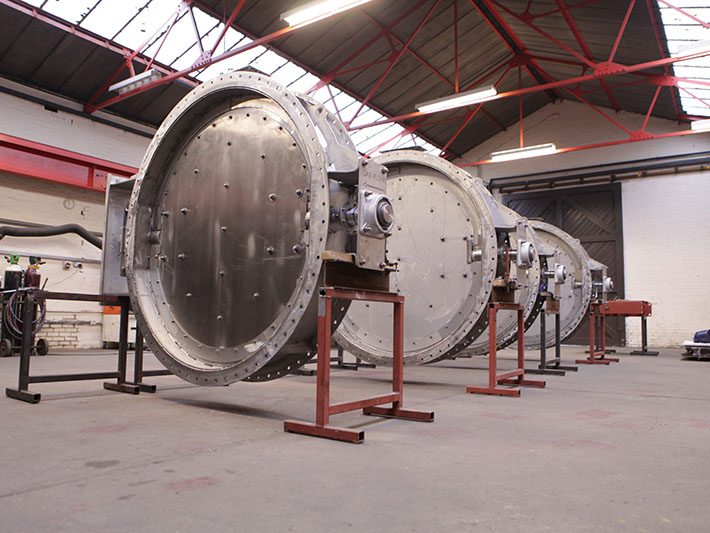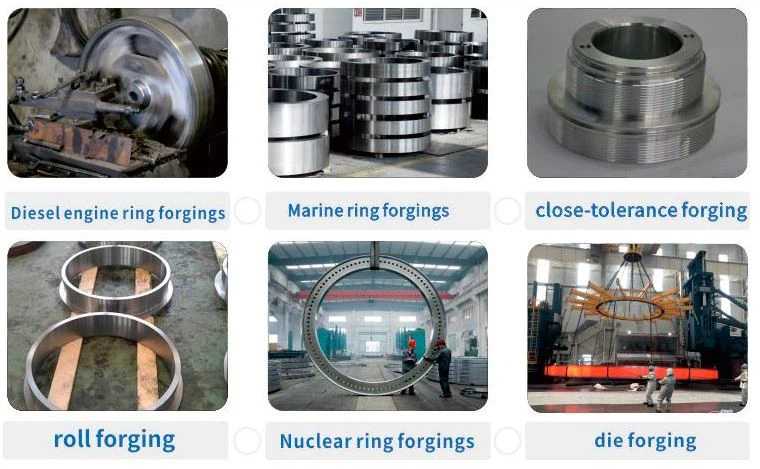





Phone
+86-731-82250427
Address
25th floor, C3 Building, Wanda Plaza, Kaifu District, Changsha, Hunan Province, China.
 May 24 2023
May 24 2023

The forging process plays an important role in the production of forgings. The process flow is different, the quality of the obtained forgings (referring to the shape, dimensional accuracy, mechanical properties, streamline, etc.) is very different, and the type of equipment used and the tonnage are also very different. Some special performance requirements can only be solved by replacing higher-strength materials or new forging processes, such as aero engine compressor discs and turbine discs. During use, the temperature gradient of the disc edge and the disc hub is large (up to 300-400℃). ). In order to adapt to this working environment, dual performance disks have appeared. Through the proper arrangement of forging process and heat treatment process, the dual performance disks produced can indeed meet the performance requirements of high temperature and room temperature at the same time. Whether the process flow is arranged properly or not will not only affect the quality, but also affect the production cost of the forgings; the most reasonable process flow should be the best quality of the forgings, the lowest cost, convenient and simple operation, and can give full play to the potential of the material.
The understanding of the importance of craftsmanship is gradually deepened with the in-depth development of production and the continuous progress of science and technology. The emergence of isothermal forging technology solves the difficulty of forging large precision forgings and difficult-to-deform alloys that require extra-large tonnage equipment and poor forming performance. The materials and shapes of forgings are very different, and the processes used are not the same. How to deal with these problems correctly is the task of engineers engaged in the forging industry.
Forgings have a wide range of applications. Almost all the major force-bearing components of movement are formed by forging, but the biggest driving force for the development of forging (especially die forging) technology comes from the vehicle manufacturing industry-automobile manufacturing and later aircraft manufacturing. The size and quality of forgings are getting bigger and bigger, the shape is getting more and more complicated and finer, the materials for forging are becoming more and more extensive, and the difficulty of forging is more and more. This is because the modern heavy industry and transportation industry pursue long service life of products. High reliability. Such as aero engines, the thrust-to-weight ratio is getting bigger and bigger. Some important force-bearing components, such as turbine disks, shafts, compressor blades, disks, shafts, etc., have a wider operating temperature range, a more demanding working environment, a more complex force state, and a sharp increase in force. This requires load-bearing forgings to have higher tensile strength, fatigue strength, creep strength and fracture toughness.
With the advancement of science and technology and the increasing degree of industrialization, the number of forgings required to increase year by year. According to foreign forecasts, by the end of this century, forging (including sheet metal forming) parts used on airplanes will account for 85%, automobiles will account for 60%-70%, and agricultural machinery and tractors will account for 70%. At present, the annual output of steel die forgings in the world alone is more than 10 million tons.
